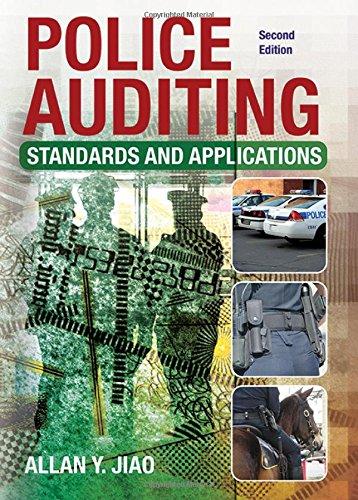




Bramble Co., a law firm, had the following costs last year: Direct professional labour Overhead $ 15,000,000 23,100,000 $ 38,100,000 Total costs The following costs were included in overhead: Fringe benefits for direct professional labour Paralegal costs Telephone call time with clients (estimated but not tabulated) Computer time Photocopying Total overhead $ 5,000,000 2,700,000 600,000 1,800,000 900,000 $ 11,000,000 The firm recently improved its ability to document and trace costs to individual cases. Revised bookkeeping procedures now allow the firm to trace fringe benefit costs for direct professional labour, paralegal costs, telephone charges, computer time, and photocopying costs to each case individually. The managing partner needs to decide whether more costs than just direct professional labour should be traced directly to jobs to allow the firm to better justify billings to clients. During the past year, more costs were traced to client engagements. Two of the case records showed the following: Direct professional labour Fringe benefits for direct labour Secretarial costs Telephone call time with clients Computer time Photocopying Total overhead Client Cases 875 876 $ 20,000 $ 20,000 2,900 2,900 1,800 5,500 1,100 1,900 1,800 3,800 1,000 2,100 $ 28,600 $ 36,200 Three methods are being considered for allocating overhead this year: 1. Allocate overhead based on direct professional labour cost. Calculate the allocation rate using last year's direct professional labour costs of $15,000,000 and overhead costs of $23,100,000. 2. Allocate overhead based on direct professional labour cost. Calculate the allocation rate using last year's direct professional labour costs of $15,000,000 and overhead costs of $12,100,000 ($23,100,000 less $11,000,000 in direct costs that are traced this year). 3. Allocate the $12,100,000 overhead based on total direct costs. Calculate the allocation rate using last year's direct costs (professional labour of $15,000,000 plus other direct costs of $11,000,000). * Your answer is incorrect. Try again. Compute the overhead allocation rate for method 1. x Method 1 overhead allocation rate 1.54 % of direct professional labour cost x Your answer is incorrect. Try again. Compute the overhead allocation rate for method 2. (Round to 1 decimal place, e.g. 17.5%.) Method 2 overhead allocation rate 0.8067 % of direct professional labour cost * Your answer is incorrect. Try again. Compute the overhead allocation rate for method 3. (Round to 1 decimal place, e.g. 17.5%.) X Method 3 overhead allocation rate 0.4654 % of total direct costs * Your answer is incorrect. Try again. Using each of the three rates computed for Method 1, 2, and 3, compute the total costs of cases 875 and 876. (Round all entries to whole amounts, e.g. 5,275.) Method 2 1 3 x X Total Costs Assigned 50800 52334 53047.48











